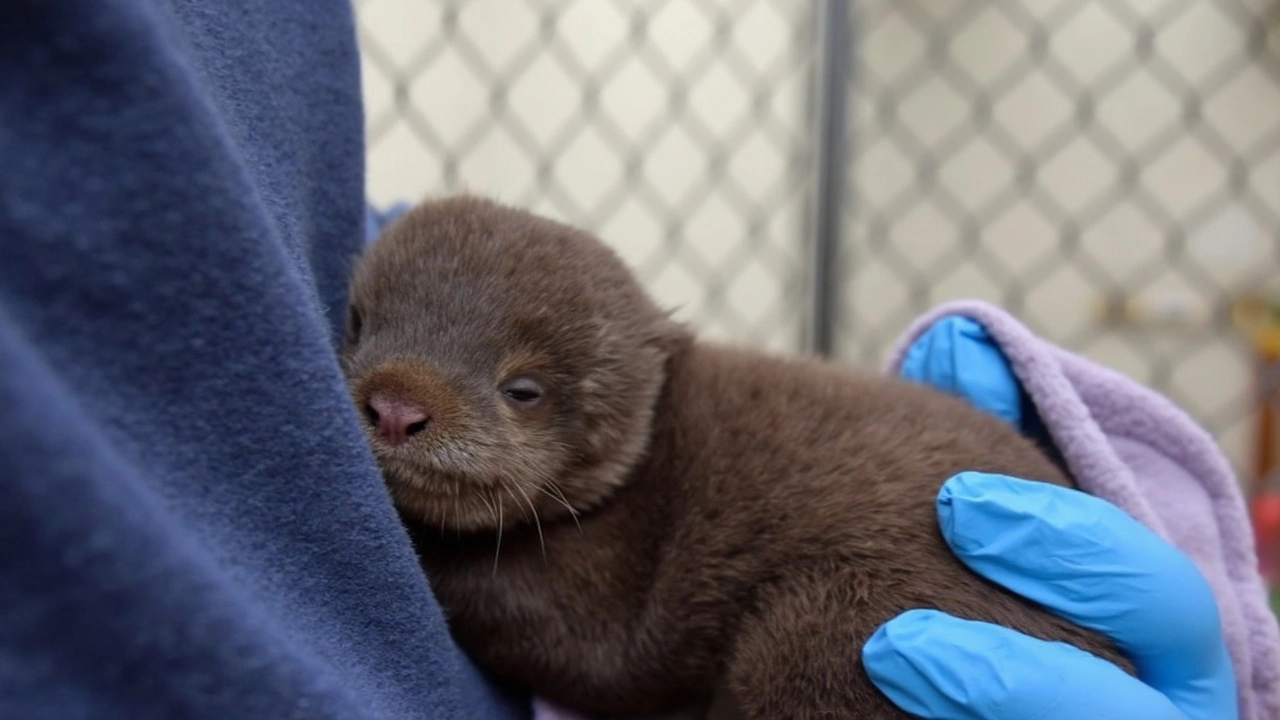History Made: First Otter Pups Born at Seneca Park Zoo
Seneca Park Zoo did something this year that it has never done since opening in 1893: it welcomed three North American river otter pups. County Executive Adam Bello called this a big deal, and he’s not exaggerating. These two female pups and their mischievous brother arrived on January 28, 2025, making headlines not just for their cuteness, but for what they mean for conservation.
The mother, Ashkii, is an experienced nine-year-old otter. Her partner Gary, who’s only three, joined the zoo in 2023 as part of an Association of Zoos & Aquariums Species Survival Plan—a program that sounds technical but basically helps keep river otters genetically healthy and thriving. This is actually Ashkii’s first litter, a fact that’s drawn more than a little excitement behind the scenes at the zoo.
When Dr. Chris McKinney, the zoo’s veterinarian, did his first checkup, he found three healthy and active pups, all glued to their mom. Ashkii was already taking her job seriously—constantly grooming, nursing, and rarely leaving their side. Staff say she hasn’t missed a beat since day one.
Why These Births Matter for River Otters
This litter is a direct result of ongoing work championed by the zoo. For three decades, Seneca Park Zoo has been working on the ground—releasing otters back into western New York’s creeks and rivers in the hope of restoring populations that once nearly disappeared due to trapping and loss of wetlands. Once common sights across upstate streams, river otters became rare after decades of fur hunting and pollution stripped away their habitats.
- Staff at the zoo partner with researchers from RIT to track otter genetics. That way, each birth, including these new pups, helps ensure healthy future generations.
- The Association of Zoos & Aquariums Species Survival Plan makes it possible for animals like Gary to move between zoos, pairing with the right mate and making those important new babies.
- Reintroduction projects over the past 30 years have seen otters making a comeback, but it’s still not easy to see these animals in the wild. That’s why births in zoos matter: it keeps a backup population in case wild numbers ever drop again.
The timing is perfect. The pups started swimming (or, more accurately, paddling and splashing) in April. Zoo visitors can see them playing, chasing each other, or learning the ropes from Ashkii. If you want to catch these little ones in action, you’ll have all summer and into late fall—the best time to see prime otter cuteness.
For Seneca Park Zoo, which has been evolving from a traditional menagerie to a conservation leader, these pups are a sign that its hard work is paying off. The team hopes that seeing these energetic babies up-close will inspire more people to care about river otters and the wetlands they call home.
Missing your own glimpse of wild otters along the Genesee River? The next best thing is to watch the real deal at the zoo—no binoculars required.





